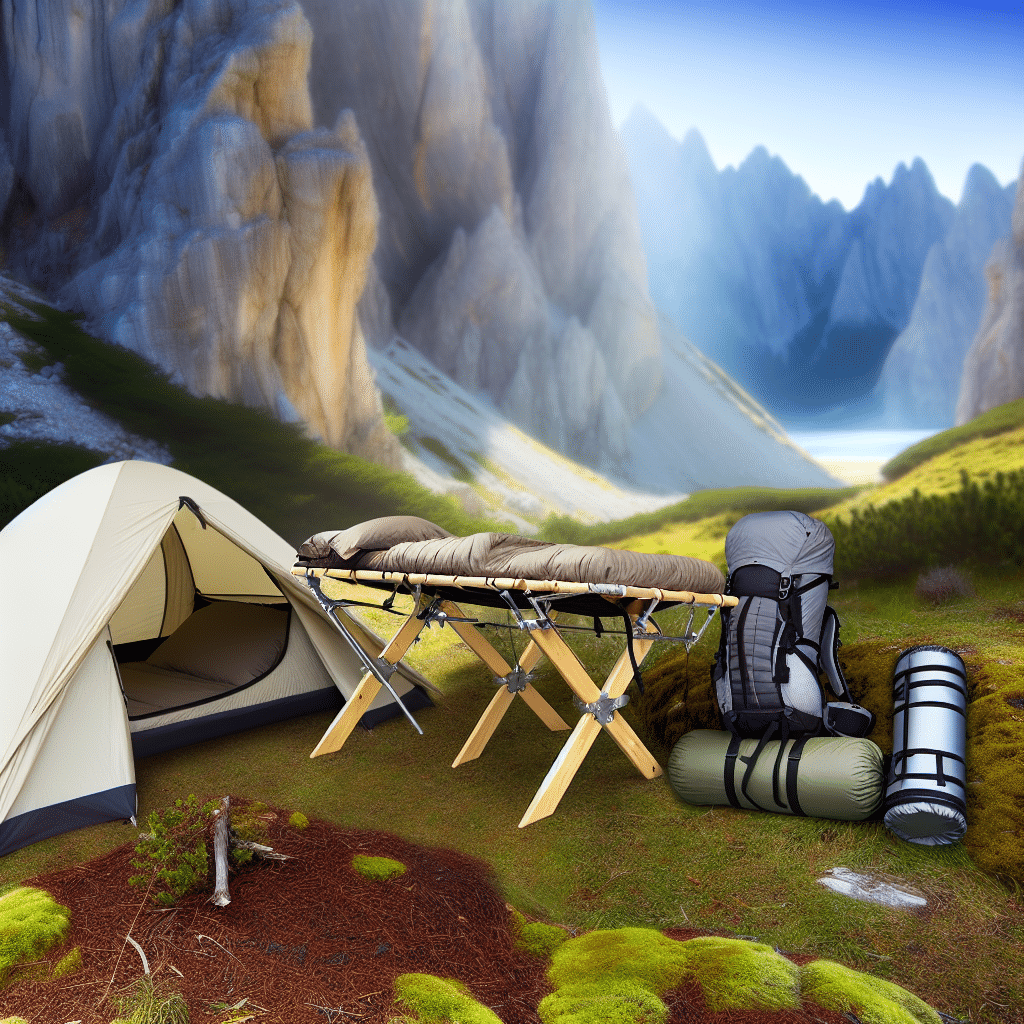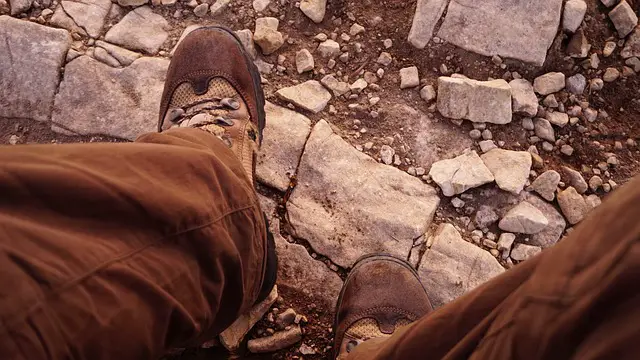If you’ve ever thought about foraging your own food, then the delightful world of mushroom hunting could be just the pastime for you. In particular, Wisconsin, abundant with its diverse fungi, offers a unique opportunity for mushroom hunting. This article will explore the ins and outs of mushroom hunting in Wisconsin, focusing on the types of mushrooms you can find, areas to explore, safety guidelines and, of course, some preparation hints and recipes to help you make the most of your harvest.
Why Mushroom Hunting in Wisconsin?
Sprawling forests, conducive climate, and rich biodiversity make Wisconsin a mushroom hunter’s haven. With over 500 species of mushrooms, this state is a treasure trove for both seasoned mycologists and amateur enthusiasts. But why should one venture into mushroom hunting?
Firstly, it’s a great way to connect with nature. Walking through the calm forest, with the earthy scent of mushrooms in the air, is a serene and almost therapeutic experience. Secondly, many wild mushrooms have unique and superior flavors that you simply can’t buy at a store. Lastly, it’s a fun, educational, and rewarding hobby that can be enjoyed solo or with friends and family.
What Types of Mushrooms Can You Find?
Wisconsin is home to a variety of edible mushrooms, each with their unique flavours. However, before you start your mushroom hunting expedition, it’s essential to have a basic understanding of the species you might encounter.
Morel Mushrooms
These cone-shaped mushrooms are highly sought after for their earthy, nutty flavor. They are easily identifiable by their honeycomb appearance and typically grow in forested areas, notably around Elm, Ash, and Apple trees. Morel season in Wisconsin typically runs from early May through June.
Chanterelle Mushrooms
Known for their golden hue and delicate, fruity aroma, chanterelles are a popular find among foragers. They can be found in hardwood forests, especially around Oak and Beech trees, and are typically in season from June to September.
Hedgehog Mushrooms
Distinguished by their sweet smell and tooth-like gills, these mushrooms are a safe and tasty choice for beginners. They sprout in the fall, often in large clusters near hardwood trees.
Safety Guidelines for Mushroom Hunting
While mushroom hunting can be fun and rewarding, it’s important to remember that not all mushrooms are safe to eat. Some can be toxic and potentially lethal. It’s vital to be 100% certain of a mushroom’s identity before consuming.
Always Double-Check Your Finds
Invest in a good guidebook or join a local mushroom hunting club to learn about different species. When in doubt, always seek expert advice.
Respect The Environment
When hunting, use a knife to cut mushrooms off at the stem, leaving the root-like structure intact. This helps ensure future growth.
Time to Cook!
After a successful hunt, what better way to celebrate than with a mushroom feast? Whether it’s a simple sauté with garlic and butter, a hearty mushroom soup, or a gourmet risotto, the unique flavor of wild mushrooms can elevate any dish.
Ready, Set, Hunt!
Armed with knowledge, a knife, and a basket, you’re all set to enter the enchanting world of mushroom hunting in Wisconsin. Just remember, while the hunt is part of the thrill, the real joy comes from enjoying the tranquility of the forest, appreciating the beauty of nature, and relishing the delicious fruits of your labor. Happy hunting!




